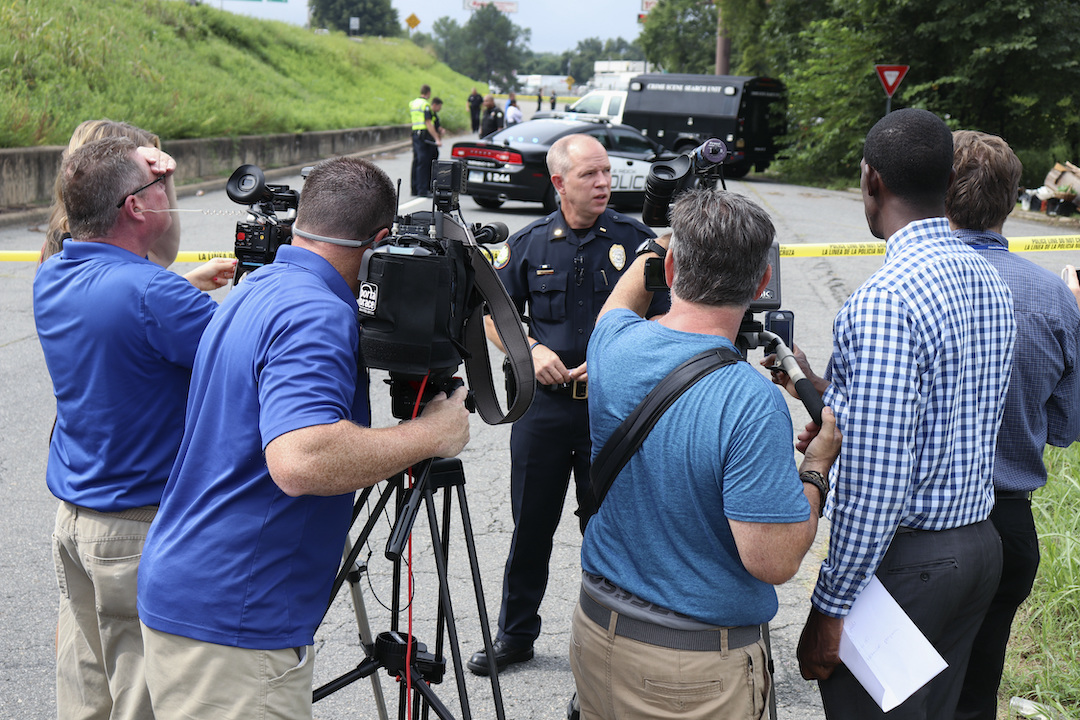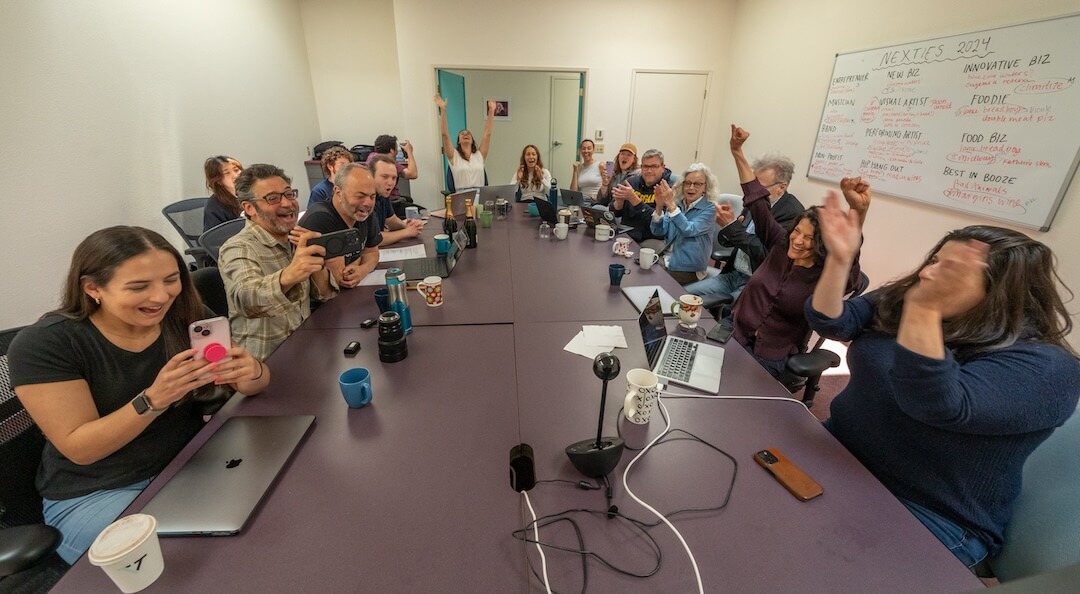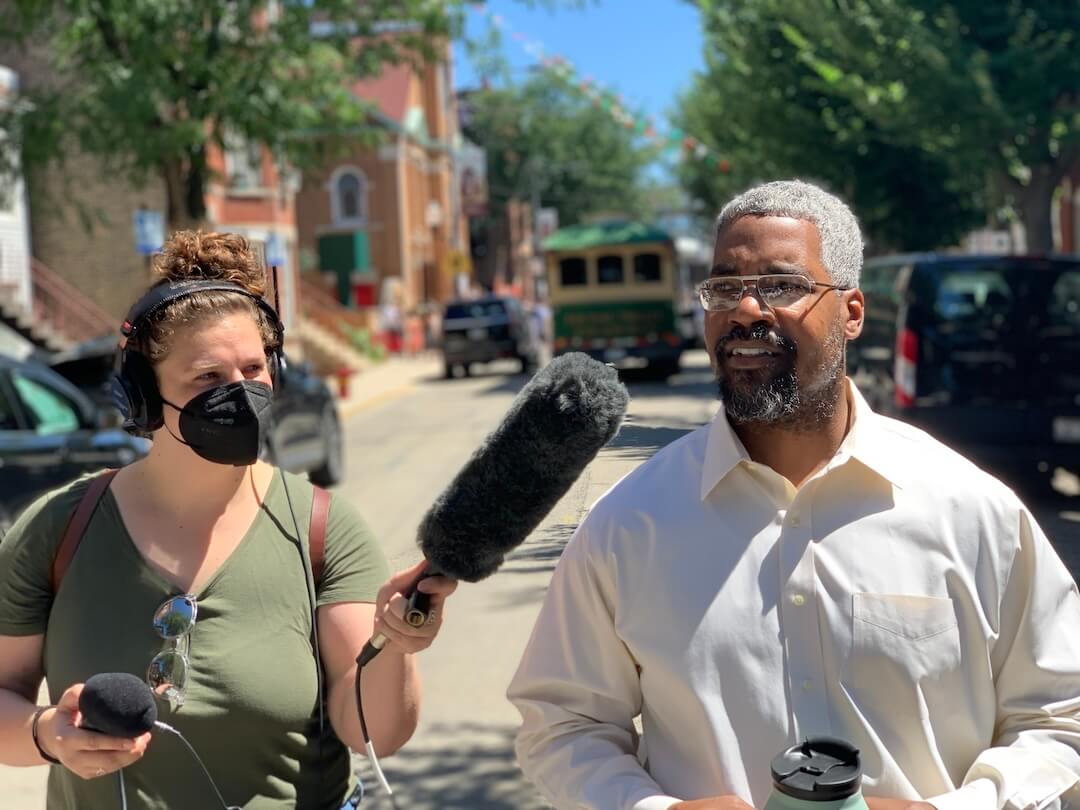The Hartford Courant’s five-year court battle to get access to the documents and journals of the Sandy Hook mass killer ended last Tuesday when the Connecticut Supreme Court ruled that the documents are public records that must be released to the newspaper. The documents could be released within the next two weeks and released widely — not only to the Courant.
That’s good news for Freedom of Information. But it’s also frightening because what’s at stake here is nothing less than human lives.
The stakes are equally as high in coverage of the shooting at the Tree of Life synagogue in Pittsburgh, where a gunman walked into Saturday morning services and killed 11 worshipers.
The release of the Sandy Hook records and coverage of the Pittsburgh shooting both have implications for that age-old journalistic balancing act between seeking truth and minimizing harm. Publishing some of the details that will be included in the Sandy Hook records and that will be learned about the Pittsburgh perpetrator seems likely to tip the balance too far toward a real harm — raising the risk of more shootings.
RELATED TRAINING: Covering Mass Shootings
Peer-reviewed social science research shows that the way the news media covers mass shootings leads to additional shootings. Criminologist Adam Lankford has called the evidence of a mass shooting contagion “essentially indisputable.”
“We feel these documents are necessary to tell a complete story in our reporting,” the publisher and editor-in-chief of the Hartford Courant, Andrew Julien, said in his newspaper’s story about the decision. “Understanding what a mass killer was thinking not only paints a clearer picture of the individual, it helps us identify and understand red flags that could be part of a prevention formula for future mass shootings.”
That’s a common belief in newsrooms. A 2017 study of 1,318 newspaper journalists found that most of them strongly supported naming the perpetrator and publishing his photo, and they also leaned toward publishing perpetrator statements, videos or manifestos. But there’s no evidence that publishing these kinds of details has ever stopped another mass shooting.
“The combination of suicidality, social isolation and narcissism is well documented,” Jennifer Johnston, a psychology professor and researcher, wrote in an email exchange. “Although the public may wish there was a flashier, seedier or more shocking answer … that is pretty much the answer, as most crises of masculinity boil down to. So to argue that the public needs to know the details of any one shooter’s dark thoughts is not true anymore.”
And there is proof that the reporting of these details can contribute to subsequent mass shootings.
Thirty percent of all mass shootings, a 2015 study shows, were inspired by previous mass killings. Researchers have also identified a specific perpetrator called an “attention-seeking mass killer”; these men have committed 11 of the 20 deadliest shootings since 1998. Using statements and writings of the perpetrators themselves, it’s possible to draw a direct line from Columbine to Virginia Tech to Roanoke to Umpqua Community College.
Here’s what the teen who killed 17 students and injured 17 more at Marjory Stoneman Douglas High School in February said: “When you see me on the news, you’ll know who I am.” In the 30 days following the shooting, violent threats and incidents in schools increased 300 percent, according to the Educator’s School Safety Network.
Lankford’s research shows that news media coverage does three things: It encourages an attack, it motivates an attacker to kill as many people as possible and it inspires copycat killings.
The Sandy Hook perpetrator is one of those killers. It has already been reported that he kept a spreadsheet of mass killings dating as far back as the 1970s, and news outlets will be tempted to publish the spreadsheet itself rather than just describing it. Lankford said he worries that the true benefit is that “publishing the perpetrator’s own words/document is more lurid, and thus likely to draw a bigger audience.”
“Offering tours of the Sandy Hook perpetrator’s house, bedroom and place he killed his mother might bring more interest than simply describing that location, too,” Langford wrote in an email, “but does anyone truly believe it would be tasteful or necessary?”
Perhaps that sounds like an extreme position, one that exaggerates journalism’s desire for clicks and attention. The vast majority of journalists don’t work consciously to sensationalize. The trouble is, mass shootings are inherently sensational.
The records the court has ordered to be released may contain a glimmer of a new insight into the workings of the Sandy Hook killer’s mind. Criminologists and other experts analyzing the raw materials may glean something new that contributes to prevention. The same goes for the inevitable examination of the life of the Pittsburgh perpetrator.
But in both cases, journalists would do better to summarize experts’ interpretations and share any revelations carefully, in consideration of two grim realities: The families of mass shooting victims are out there, in the world, striving to recover amidst constant reminders of their painful losses almost six years ago at Sandy Hook. The families of 11 victims in Pittsburgh are in the initial phases of shock and grief. And the next mass shooter is out there, somewhere, seeking more inspiration to act on a horrible need for recognition.






